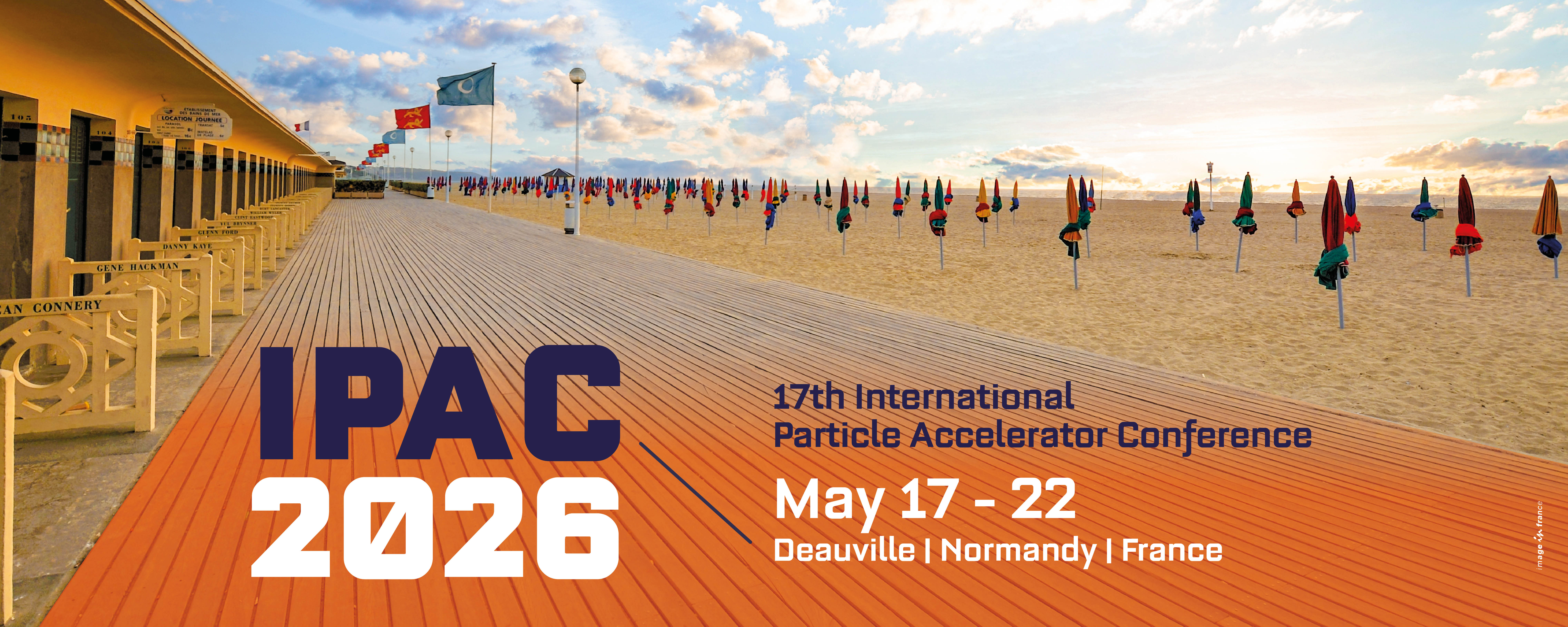Generation of rare isotope beams by means of in-flight separation of nuclear fragments and fission products requires complex optical structures usually comprising multiple separator stages. Large apertur magnets providing maximum acceptance, radiation hard and superconducting are used to separate the reference isotope from the bulk of the primary and secondary heayv ion beam. The pre-separator...
The largest hadron accelerator facility in the US is undergoing radical changes and the undertaking of new HEP-driven neutrino research. This talk will discuss the wide-ranging projects and impacts to the accelerator community taking place at FNAL.
HIAF is one of the next generation heavy ion accelerators under construction in China. It is composed of a superconducting ion linear accelerator, a high-energy synchrotron booster, a high-energy radioactive isotope beam line, an experimental storage ring and multiple experimental setups. Characterized by unprecedented intense ion beams from hydrogen through uranium, HIAF can produce a large...

